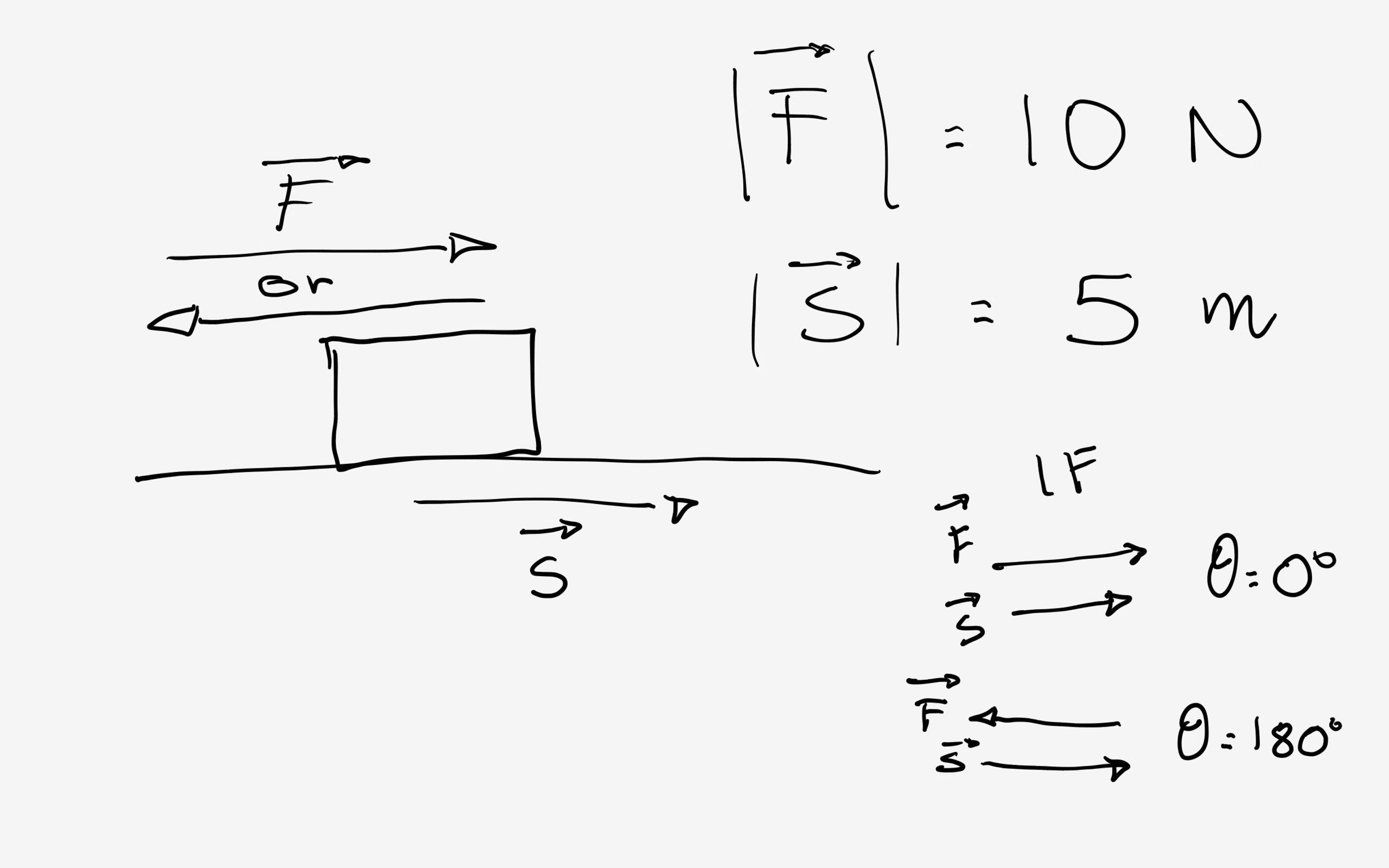Angle between Vectors
Key Questions
-
When we are to consider the angle between any two vectors, it should be noted that the angle which is less than
#pi# is to be taken. -
You can use the dot product to solve this problem. See http://en.wikipedia.org/wiki/Dot_product
The dot product is an operation on two vectors. There are two different definitions of dot product. Let
#\vec(A)=[A_1,A_2,...,A_n]# be a vector and#\vec(B)=[B_1,B_2,...,B_n]# be another vector, then we have 2 formulas for dot product:1) Algebraic definition:
#\vec(A) \cdot \vec(B) = \sum_1^n A_i B_i = A_1 B_1 + A_2 B_2 + ... + A_n B_n# 2) Geometric definition:
#\vec(A) \cdot \vec(B) = ||\vec(A)||\ ||\vec(B)||\cos(\theta)# where
#\theta# is the angle between#\vec(A)# and#\vec(B)# , and#||\vec(A)||# denotes the magnitude of#\vec(A)# and has the formula:#||\vec(A)|| = \sqrt(A_1^2 + A_2^2 + ... + A_n^2)# We can solve many questions (such as the angle between two vectors) by combining the two definitions:
#\sum_1^n A_i B_i = ||\vec(A)||\ ||\vec(B)||\cos(\theta)# or
#A_1 B_1 + A_2 B_2 + ... + A_n B_n = (\sqrt(A_1^2 + A_2^2 + ... + A_n^2))(\sqrt(B_1^2 + B_2^2 + ... + B_n^2))\cos(\theta)# If we have two vectors, then the only unknown is
#\theta# in the above equation, and thus we can solve for#\theta# , which is the angle between the two vectors.Example:
Q: Given
#\vec(A) = [2, 5, 1]# ,#\vec(B) = [9, -3, 6]# , find the angle between them.A:
From the question, we see that each vector has three dimensions. From above, our formula becomes:#A_1 B_1 + A_2 B_2 + A_3 B_3 = (\sqrt(A_1^2 + A_2^2 + A_3^2))(\sqrt(B_1^2 + B_2^2 + B_3^2))\cos(\theta)# Left side:
#A_1 B_1 + A_2 B_2 + A_3 B_3 = (2)(9) + (5)(-3) + (1)(6) = 9# Right side:
#||\vec(A)|| = \sqrt(A_1^2 + A_2^2 + A_3^2) = \sqrt(2^2 + 5^2 + 1^2) = \sqrt(30)#
#||\vec(B)|| = \sqrt(B_1^2 + B_2^2 + B_3^2) = \sqrt(9^2 + (-3)^2 + 6^2) = \sqrt(126)#
#\theta# is unknownPlug everything into the formula, we get:
#9 = (\sqrt(30))(\sqrt(126))\cos(\theta)# Solve for
#\theta# :#\cos(\theta) = \frac(9)((\sqrt(30))(\sqrt(126))#
#\theta = \cos^-1(\frac(9)((\sqrt(30))(\sqrt(126))))# Using a calculator, we get:
#\theta = 81.58# degreesSee the following video of ...
-
It is simply the product of the modules of the two vectors (with positive or negative sign depending upon the relative orientation of the vectors).
A typical example of this situation is when you evaluate the WORK done by a force#vecF# during a displacement#vecs# .
For example, if you have:

Work done by force#vecF# :
#W=|vecF|*|vecs|*cos(theta)#
Where#theta# is the angle between force and displacement; the two vectors being parallel can give:#theta=0°# and#cos(theta)=cos(0°)=1# so:
#W=5*10*1=50 J# Or:
#theta=180°# and#cos(theta)=cos(180°)=-1# so:
#W=5*10*-1=-50 J# -
The dot of two vectors is given by the sum of its correspondent coordinates multiplied. In mathematical notation:
let#v = [v_(1), v_(2), ... , v_(n)] # and#u = [u_(1), u_(2), ... , u_(n)]# ,
Dot product:
#v*u = #
#sum v_(i).u_(i) = (v_(1).u_(1)) + (v_(2).u_(2)) + ... + (v_(n).u_(n))# and angle between vectors:
#cos(theta) =(v*u)/(|v||u|)# Since the angle between two perpendicular vectors is
#pi/2# , and it's cosine equals 0:
#(v*u)/(|v||u|) = 0 :. v*u = 0# Hope it helps.